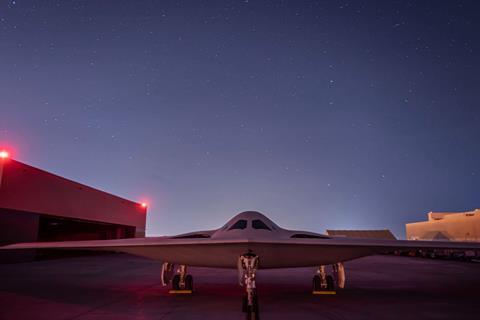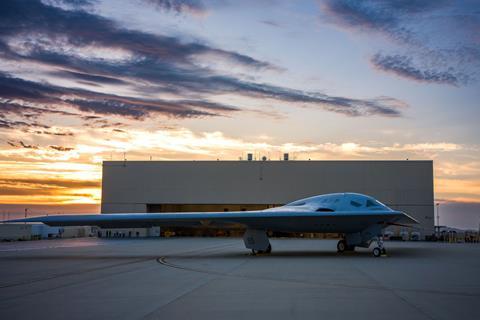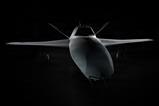While US manufacturer Northrop Grumman only recently secured approval to begin production of the next-generation B-21 Raider stealth bomber, the company is already enduring some financial pain from the programme.
The stealth aircraft pioneer reported it was charged $1.56 billion by the US government in the final quarter of 2023, related to cost overruns on B-21 development.
Northrop cited “macroeconomic disruptions”, including price increases from parts suppliers and higher-than-projected manufacturing costs on the first B-21 example, as the cause of the charge. The comments were made on 25 January during the company’s quarterly earnings update.

The US Air Force (USAF) has imposed strict price limits on the B-21 programme, with an eye toward protecting its acquisition target of at least 100 aircraft.
The gargantuan $2.2 billion per-aircraft cost of the earlier Northrop B-2 Spirit programme forced the USAF to limit its acquisition of that stealth bomber to just 20 aircraft.
Learning from that example, the USAF contracted with Northrop for a target price of $500 million per B-21, in 2010 dollars. That equates to $707 million per aircraft in 2023 values, according to the US government’s Bureau of Statistics.
When contractors exceed cost targets or miss development schedules, the Pentagon can apply penalty charges, depending on the terms of each contract. The recent $1.56 billion charge on B-21 development led Northrop to a $535 million loss in the fourth quarter of 2023.
The company posted a profit of $2.1 billion for the entirety of 2023.

The Pentagon approved the B-21 for low-rate initial production (LRIP) following the successful first flight of the new flying-wing bomber in November 2023.
As is typical with aircraft development programme, manufacturers typically see thin margins on LRIP contracts – which carry low-volume orders and higher production costs.
While Northrop chief executive Kathy Warden has previously predicted the company could lose money on the development and LRIP phases of the B-21 programme, financial losses on early Raider bombers now appear likely to continue.
“We now believe it is probable each of the first five LRIP lots will be performed at a loss,” Northrop says.
The company has previously said it is assembling six B-21 jets, including the prototype known as T1 that is undergoing flight testing. Northrop says that example is a “production representative” model that will be highly similar to the operational design.
The USAF hopes to begin fielding operational B-21 sometime in the mid-2020s.































